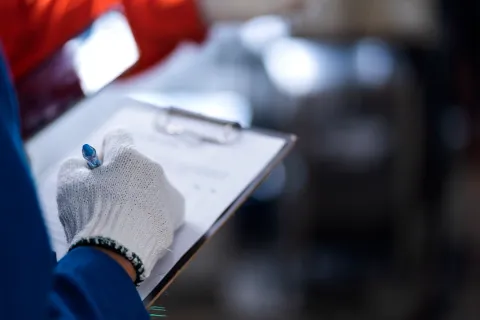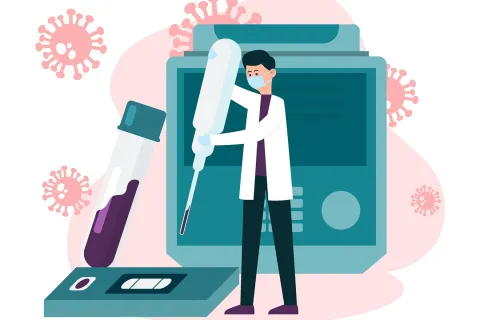
In the life sciences sector, regulatory compliance is paramount, particularly regarding artwork services. Ensuring that artwork meets regulatory standards is not just about compliance; it directly impacts product launch timelines, market access, and patient safety. This blog will delve into the importance of On-Time In-Full (OTIF) and Key Performance Indicators (KPIs) in regulatory artwork services, providing insights on how to optimize these measures for better operational efficiency and customer satisfaction.
Understanding OTIF in Regulatory Artwork Services
OTIF, or On-Time In-Full, is a critical metric used to evaluate the efficiency of supply chain processes, including regulatory artwork services. It measures the percentage of artwork delivered on time and in the correct format, which ensures that products can be launched or marketed without delays. The formula for calculating OTIF is straightforward:

Achieving a high OTIF score is crucial for life sciences companies, as delays in artwork approvals can lead to significant financial losses and reputational damage. Regulatory artwork services must therefore prioritize timely and accurate delivery to maintain compliance and meet market demands.
The Role of KPIs in Artwork Services
Key Performance Indicators (KPIs) are essential for measuring the success of regulatory artwork services. They provide quantifiable metrics that help organizations assess their performance against set objectives. Common KPIs in this context may include:
- Artwork Approval Time: The average time taken to approve artwork, which directly impacts OTIF scores.
- Error Rate: The frequency of errors found in submitted artwork, which can lead to rework and delays.
- Compliance Rate: The percentage of artwork that meets regulatory standards upon first submission.
By tracking these KPIs, organizations can identify areas for improvement, streamline processes, and enhance overall service delivery.
Strategies for Improving OTIF and KPI Performance
Implementing Real-Time Tracking Systems
Utilizing advanced tracking systems can significantly enhance visibility throughout the artwork approval process. Real-time data allows teams to monitor progress, identify bottlenecks, and take proactive measures to ensure timely delivery. This visibility is crucial for maintaining high OTIF scores.
Standardizing Processes
Establishing standardized processes for artwork creation, review, and approval can reduce variability and improve efficiency. By creating clear guidelines and checklists, teams can ensure that all necessary elements are included in the artwork submissions, minimizing errors and speeding up approval times.
Enhancing Collaboration
Effective communication and collaboration among cross-functional teams—such as regulatory affairs, marketing, and design—are vital for successful artwork services. Regular meetings and updates can help align expectations and ensure that everyone is on the same page, ultimately leading to improved OTIF performance.
Investing in Training and Development
Continuous training for team members on regulatory requirements and artwork standards can lead to higher-quality submissions. By ensuring that all staff are well-versed in compliance issues, organizations can reduce the likelihood of errors and rework, thereby enhancing both OTIF and KPI outcomes.
Utilizing Technology for Automation
Incorporating automation tools can streamline repetitive tasks in the artwork process, such as version control and approval routing. This not only speeds up the workflow but also reduces the risk of human error, contributing to better OTIF scores.
Conclusion
In the competitive landscape of life sciences, ensuring OTIF and effectively measuring KPIs in regulatory artwork services is not merely a best practice; it is a necessity. By focusing on these metrics, organizations can enhance their operational efficiency, reduce time-to-market, and ensure compliance with regulatory standards. Implementing strategies such as real-time tracking, standardized processes, and enhanced collaboration will not only improve OTIF scores but also position companies for long-term success in the marketplace. By prioritizing these measures, life sciences companies can navigate the complexities of regulatory artwork services more effectively, ultimately leading to better patient outcomes and increased market competitiveness.
Author: Nirupama Parate









